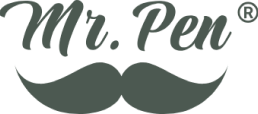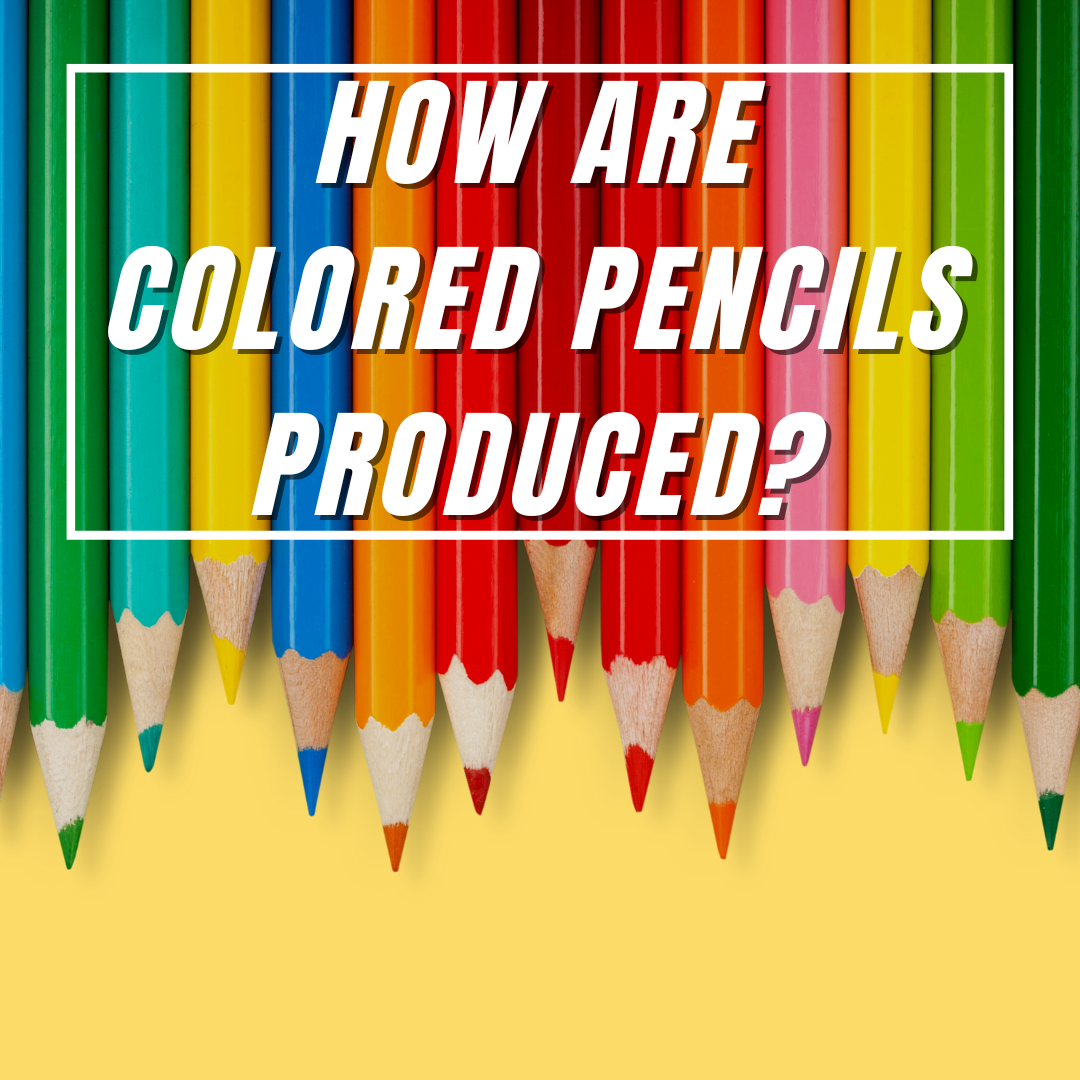Learn About the Production Process of Colored Pencils, From Start to Finish
Do you remember the first time you used a colored pencil? Chances are, it was during childhood and the experience was probably pretty magical. Colored pencils are a staple in most classrooms and art studios, and for good reason. They are such a versatile art tool because they can be used for everything from shading and blending to creating delicate details. But have you ever stopped to think about how those colored pencils are made? It's actually a pretty fascinating process! In this post, we'll take a closer look at the complex process of making colored pencils. So, next time you're doodling or coloring in a coloring book, take a minute to appreciate all of the work that goes into making your favorite childhood art accessories!
Ingredients
The main ingredients of a colored pencil are coloring materials such as dyes and pigments, binding agents such as clay and gum, and materials like wax or oil to create smoothness.
To make a good pencil, the wood used must be solid enough to withstand frequent sharpening and cutting without splintering and breaking apart easily. The most commonly used trees for making pencils are Cedar and basswood. Wood from these trees is tough to resist bending and at the same time soft and flexible to be easily sharpened.
Process of making colored pencil leads
⦁ The first step of this process involves mixing different color pigments together to achieve the desired color for each pencil. Each color has its own recipe to obtain the right color by mixing different pigments or dyes. This is the step where the right amount of different pigments for your color is chosen.
⦁ In the second step, to speed up the mixing of pigments, boiling water is added to the pigment mixture.
⦁ In this step, a binding agent and some other additives such as resin are added together to create a mixture that helps the pigments blend and bind well. The choice between wax or oil as the binding agent depends on the type of colored pencils under production. Also, if watercolor pencils are going to be made, a water-soluble binding agent must be added in this step. This mixture is then added to the pigment mixture and blended to yield a homogenous paste
⦁ In this step, the paste is sent for processing. The paste is sent through a compressing cylinder to achieve a cylindrical shape.
⦁ The cylindrical colored paste is then sent from the compressing cylinder to an extrusion machine, where, under a lot of pressure, the cylinder of paste is squeezed into a super long lead. The lead thickness can be determined by adjusting the extrusion machine to create the desired lead diameter.
⦁ The long stream of core lead is then transported to pass through a cutting machine to be cut into pieces of leads according to the planned length for the pencils.
⦁ In this step, the leads are put in an oven to dry.
Process of making colored pencil casings
⦁ Blocks of wood that are previously dried, waxed, and cut into uniform sizes at the sawmills arrive at the pencil factory.
⦁ The cedar wood blocks are cut by machines according to the desired length and thickness into strips called slats.
⦁ The slats then pass through a cutter machine that makes semicircular grooves lengthwise in each piece according to the thickness of the prepared leads.
⦁ The slats are glued with a thin layer of glue, and one by one, the pencil leads are pushed into each groove.
⦁ Immediately, another grooved slat is glued and placed on top, creating a lead sandwich. Then these sandwiched slats are pressed by a metal clamp so that the glue dries.
⦁ When the slats are tightly stuck together, they enter a cutting machine where a spinning blade trims the surface of the slats into a hexagonal or round design. Then the machine cuts the slats into individual pencils.
⦁ In this step, the pencils are sanded to get a smooth surface and are then coated with multiple layers of paint and varnish. The paint used in this step usually matches the pigment of the lead.
⦁ The colored pencils are then transported to a machine where they are printed with the name of the manufacturer and other essential information such as the color name and code.
⦁ Finally, the colored pencils are sharpened and placed in proper packages.
Mr. Pen Colored Pencils: http://www.amazon.com/dp/B086R45D39?maas=maas_adg_A4757BC0BBAFC54953D0F8019BF91B4F_afap_abs&ref_=aa_maas&tag=maas&ref=myi_title_dp
Mr. Pen Colored Pencils: http://www.amazon.com/dp/B08FRPVDSZ?maas=maas_adg_FAFEBE4BF484292C575CD1B59CA67721_afap_abs&ref_=aa_maas&tag=maas&ref=myi_title_dp

